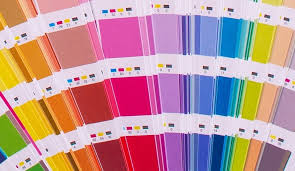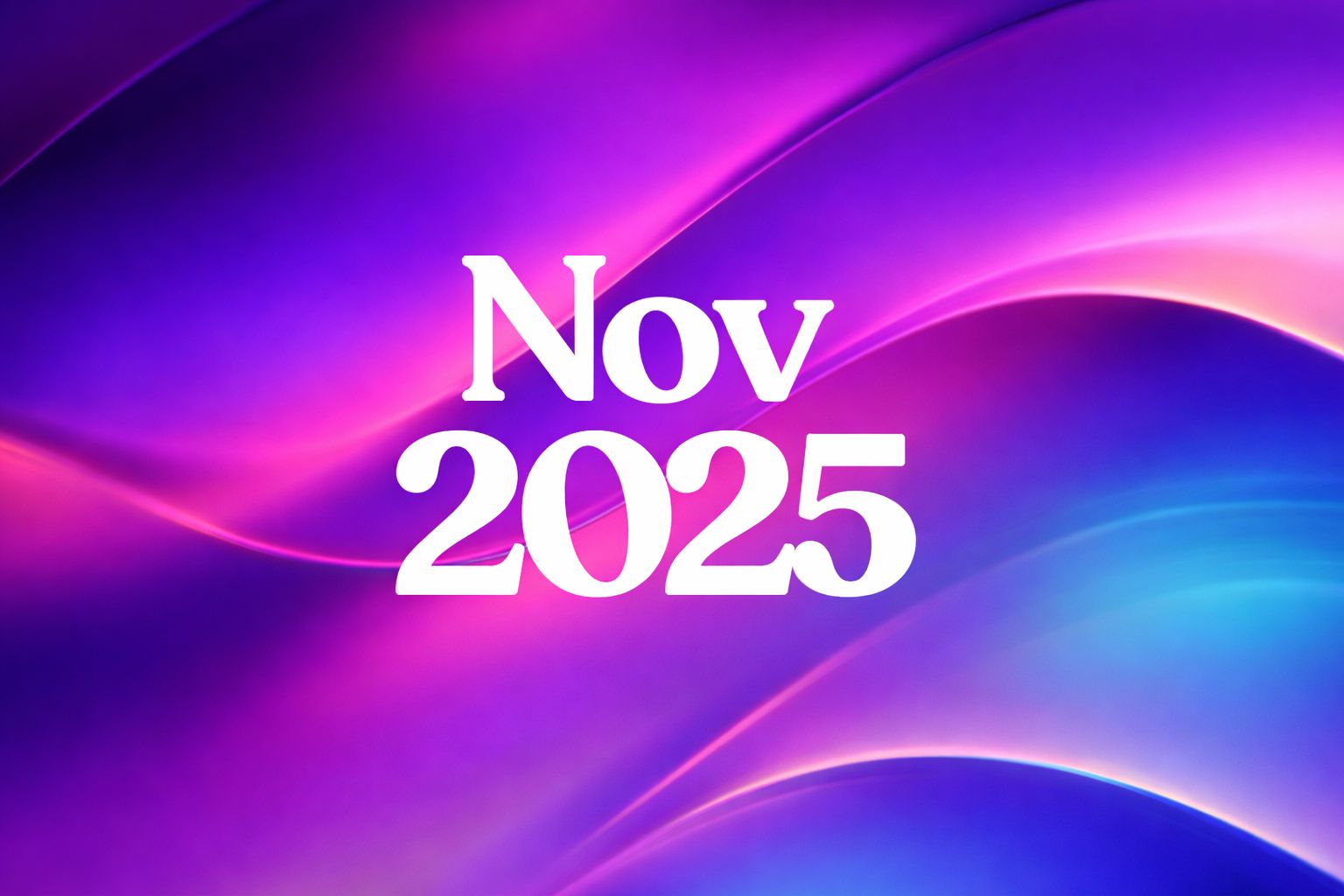Need of Using Colors for Any Brand:
The use of colors for any brand is a key element in expressing to the customers their strategies, theories, and concepts of the product to its targeted group of consumers. Likewise, for instance, if we look, imparting colors, designs, and various art forms, to the canvass makes it more attractive than a dull-colored or white-colored canvass. Branding, marketing, and advertising are required for any company to survive in today’s business landscape. Here, the selection of theme color remains the primary priority for any brand. Some studies also reveal that the human brain prefers those brands that can be easily recognizable. This in turn makes the determination of the brand a more important topic. But, why are these branding colors so important for any business? Let us look forward to this:

Why are Branding Colors Important?
First of all, what influences a customer to the product selection, helps him in decision making and making him/her purchase the product? It is the branding colors that make an emotional connection straight to your clientele’s hearts. By using some colors in business ventures will definitely the brand’s association and extend the brand awareness as a whole. Brand colors help in building the identity of the brand that represents the company and helps in depicting the personality of the brand as well. However, usage or repetition of the same colors can help in strengthening brand awareness.
Here, colors become a part of the brand. Providing enough exposure, colors often tend to become an integral part of the brand. Hence, to increase this association, using consistent colors help in providing recognition as well as establish brand identity. Common areas where the organization can use the branding colors can be the logo design, design of the webpage or website, in-store design, staff uniforms, advertisements, etc. this also enables in communicating the brand personality goals and helps in establishing an emotional connection with the customers.
Before we even start thinking about which brand colors should be picked in order to generate brand recognition. We need to lay some efforts on the groundwork as well. First of all, understanding and implementing the personality of the brand. A clear understanding of the personality traits of the brand’s personality traits that are trying to communicate through the color. Otherwise, one would be confused among the countless color palettes.

What do Different Brand Colors Mean for Any Business?
As we have already seen that the usage of branding colors means and leaves a powerful effect on the minds of the people and this, in turn, helps in generating brand identity. Let us look at what each color signifies:

- Orange color: It stands for friendliness and signifies playfulness. It imparts energy.
- Red color: It depicts passion, excitement, or sometimes anger. It can demand importance and attention from the consumer.
- Yellow color: It signifies happiness and optimism, but can sometimes tend to seek attention as well.
- Black color: It signifies power, sophisticated, edgy, luxurious, or modern feeling.
- Grey color: Grey color depicts neutrality. It can look subdued, classic, serious, mysterious, or mature.
- Brown color: Brown color depicts a rugged, earthy, or old-fashioned look. It is often used for agricultural-based products.
- White color: White color depicts cleanliness, health other than simplicity. It can range from affordable to high-end.
- Green: The color green often signifies stability, prosperity, growth, and a connection to nature.
- Light blue: The color light blue generates trust and openness. It can also signify innocence.
- Dark blue: The dark blue color imparts the feeling of professionalism and formality. It tends to depict maturity and trustworthy factor.
- Purple: Purple color depicts royalty, creativity, and luxury.
- Pink: Femininity, youth, and innocence are signified by the color pink.
Additionally, using different color combinations can help in providing an abridged version of the product. The combination of various colors, designs, and styles implies a deeper connection and this would also affect the emotions and behaviors of the customer.

How These Brand Colors Vary Around the World:
There can be numerous ways in which the brand colors around the world can be depicted and possess various effects on the minds of the consumer. The colors brands thus choose should be based upon various color schemes. The base, the accent, and the neutral. Firstly, the base defines and reflects the personality traits of the brand logo or the brand. It should be appealing and must be capable enough in increasing the reach.
Secondly, the color being used after the base color is the accent. It might be a bit difficult in choosing the base color accent color due to restrictions, because, some time or the other, the base or the accent color do not go hand in hand with the brand’s personality trait. Third comes the neutral color scheme. Brands use neutral colors more likely as background colors. They choose them to avoid attention. For example, different hues of grey, beige, whites, and off-whites are neutral shades. Other than these, monochromatic (used for minimalism), analogous colors (used for drawing attention), and complementary colors (used for stimulating the visuals) can be used.

Your brand color scheme determines the look and feels of your website, logo, store design, advertisements, etc. as brand colors would go hand in hand with the brand name, it is a mandate to use it everywhere. And these colors even trickles down into the appearances of your social media accounts as well. So, choosing them carefully remains the first option.





















